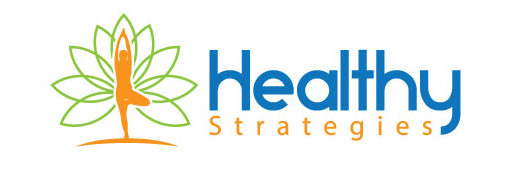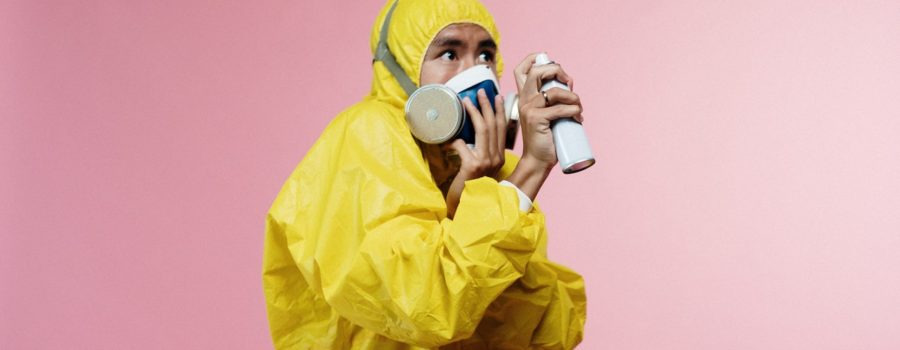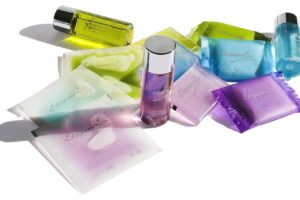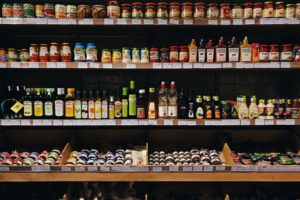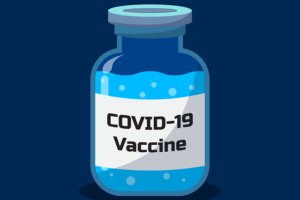Disinfectant Foggers for Coronavirus: Are They Justified?
With the pandemic we’re facing now, it has been more and more discussed the approach of foggers being used for disinfection in hotels, office buildings, as well as in certain school districts—to allow children to go back in the fall.
Foggers have been used over the last decades in hospitals and other healthcare facilities, food and pharmaceutical industries, as well as other settings. With Covid-19, some other institutions consider using this for disinfection. Is this a good idea?
What we learned from scientists is that coronavirus particles from droplets don’t last more than 3 hrs in the air. From aerosols (which are even tinier droplets emitted by breathing and speaking), it lasts less than 30 min, afterwards landing on surfaces—hence surface cleaning and disinfection it’s really important. Someone can catch the virus from aerosols only if in close proximity of the infected person breathing or speaking.
Therefore, if we enter a hotel room 3 hrs after the previous people left, we shouldn’t be exposed to the virus floating in the air. In bigger office buildings or stores, the fogging disinfection can only be done during the night, not while people go in and out. That’s why wearing a mask is really important in case somebody who is sick or a carrier enters the same space.
The arguments of using the foggers is that vapors with disinfectant can reach areas that are difficult to be manually cleaned. I think that if these areas are difficult to reach with cleaning, they are not part of the frequently touched surfaces that can be contaminated and thus pay a role in spreading the viral infection.
New Jersey Department of Health issued a health bulletin regarding fogging disinfection, after this method was being used for cleaning inside ambulances:
“Fogging uses a fine mist to kill microorganisms and generates micro-particles (and possibly nano-particles) of disinfectant into the ambulance. Employees can become sick (nausea, eye irritation, headache, asthma) from exposure to these disinfectants when micro-misted. Micro-particles can be absorbed into the body much quicker and in greater quantities than larger particles. However, the long-term consequences of converting a disinfectant from liquid to a dry mist (i.e., fogging) are unknown. Disinfectants are registered with the Environmental Protection Agency (EPA) as pesticides. Often, the active ingredients are respiratory irritants and sensitizers and include chemicals such as, chlorine, phenol, quaternary ammonium compounds (“quats”), alcohols, or hydrogen peroxide compounds (listed in decreasing order of toxicity).”
Disinfectant fogging is also called disinfectant fumigation—this sounds a lot more drastic, at least to me. I avoid being exposed to chemicals of all kind and I keep in mind that after fogging, the droplets of disinfectant land as well on multiple surfaces, including those we often touch, and some of these will end up in our bodies. Luckily even for Covid-19, there are many non-toxic disinfectants that I can use.
If I know that fogging procedures used vaporized hydrogen peroxide, I’m OK to be in a hotel room, for instance, after the proper time elapsed so there are no chances to inhale it. After we get in, I would wipe off some of the surfaces (doorknobs, light switches, faucets, sinks, countertops, tables, appliances handles, etc), we’re likely to touch frequently while in the room. If I don’t have this choice—as it would be if I touched something in the hotel lobby, I will just wash my hands the fist chance I get.
In all cases, sufficient time must be allowed following fogging for the chemicals to disperse, so people entering the area are not exposed to hazardous chemicals. It is true that we’re more concerned now—and rightfully so— to not get sick from this virus, but daily cleaning with harsh and toxic chemical agents can cause other types of sickness.
Someone who gets a severe asthma attack that requires emergency room visit or hospital admission, faces a different set of challenges and hardship. I also read about many other situations when peoples’ health suffered from overdoing it with cleaning/disinfectant agents.
We don’t use disinfectant sprays in our home. When I come across them in other locations, I often cough and their chemical scent can give me a headache. Many state they “eliminate germs” without being specific what kind, viruses or bacteria, although some state antibacterial somewhere on the label.
Even before the pandemic, in the US most of the cleaning products we buy advertise how they kill germs, yet is seems that people are easily developing infections. In the medical office, I used to treat numerous infections regardless of the season. This paradox made me wonder if the chemicals we’re cleaning with are worse than the germs themselves. I researched and found my suspicion was justified, many can impair our abilities to fight infections and I discussed some of them in a previous post.
